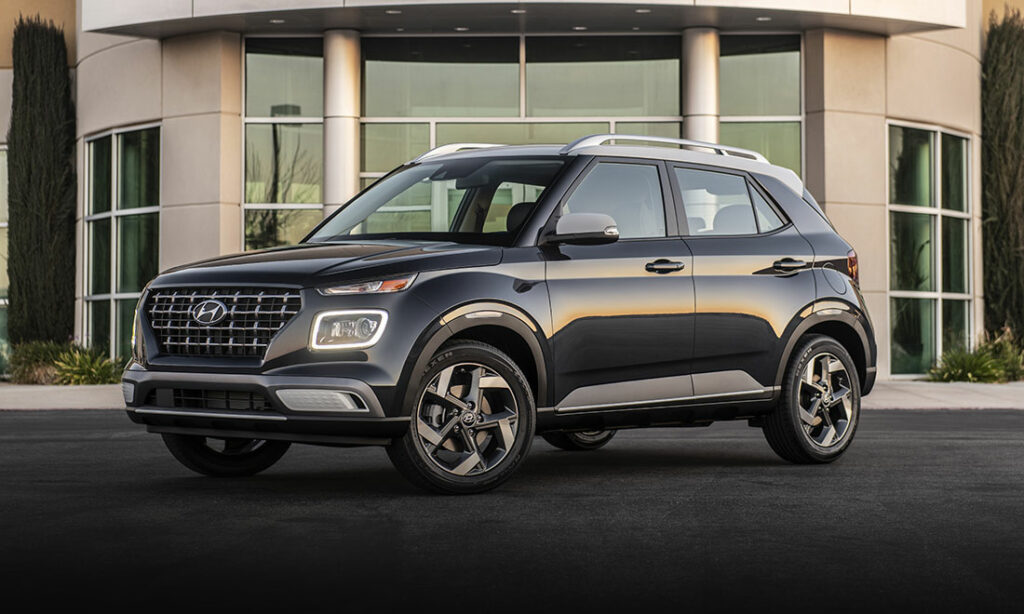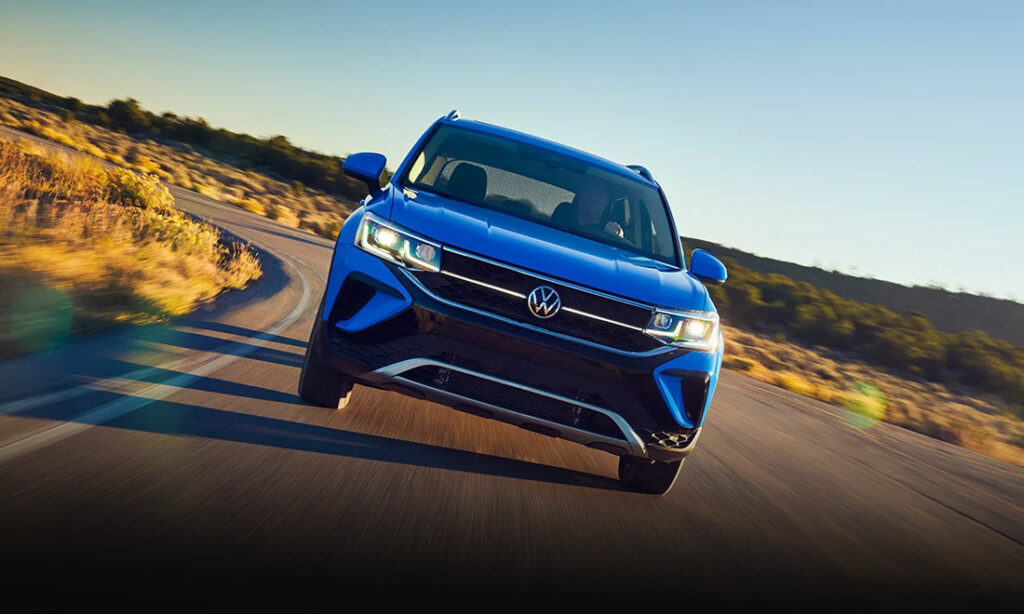Retro Review: Pontiac Fiero
GM’s first foray into the mid-engine sports car didn’t go to plan, but the Pontiac Fiero’s story is more than a cautionary tale.
Midengined Misfire
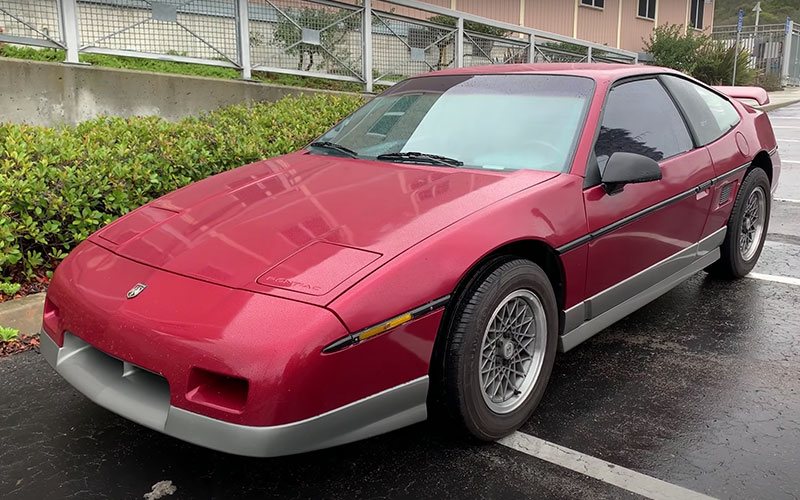
1987 Pontiac Fiero GT – Doug DeMuro on youtube.com | Shop Pontiac Fiero on Carsforsale.com
It’s easy, as car enthusiasts, to look to the pencil pushers and bean counters perched high in their chicly decorated corner offices and cast blame when a promising idea, like an affordable two-seat midengined sports car, gets watered down and compromised and adulterated to the point that it burns, no crash necessary, and becomes a byword for automotive disasters, business and otherwise.
But in the case of GM and the Pontiac Fiero, such easy narratives only tell half the story. In fact, the Fiero wasn’t ever intended to be a world-beating sports car but instead a fuel-sipping economy car. And despite the many compromises that attended its development and that infamous recall, the Fiero has legitimate redeeming qualities that often get lost in the conversation.
The Compromises Begin
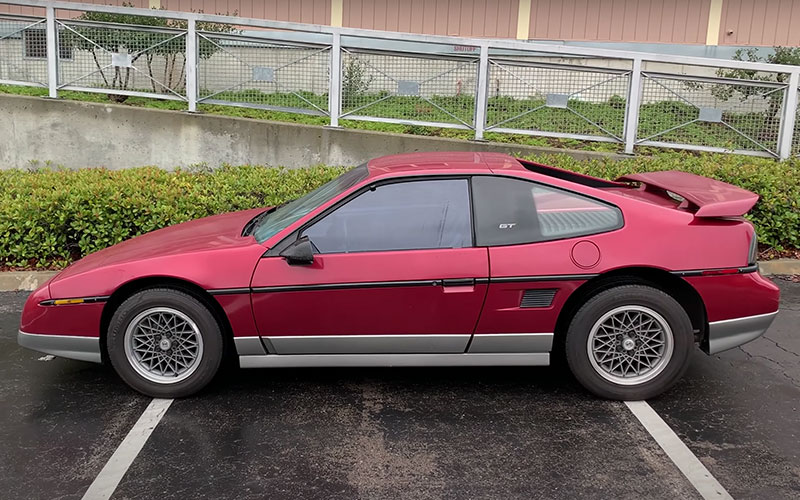
Going back to the mid-1960s, Pontiac had wanted to distinguish itself among GM’s brand with a youth-oriented sports car. After a brief but memorable run for the original GTO, Pontiac was back to mid-level brand without much of an identity. The fact that GM didn’t want an in-house competitor to the Corvette didn’t help things, either.
It wasn’t until the Oil Crisis of the late 1970s and increasingly stringent CAFE Standards (Corporate Average Fuel Economy), that GM executives gave the green light to a new two-seat sports car pitched as a fuel-efficient urban runabout. The only big catch was the $400 million dollar budget, far less than designers and engineers would have liked for such a project. This meant the Fiero would be a parts bin car, making do by borrowing major components from existing GM products. This decision would prove the Fiero’s undoing.
The Best Laid Plans…
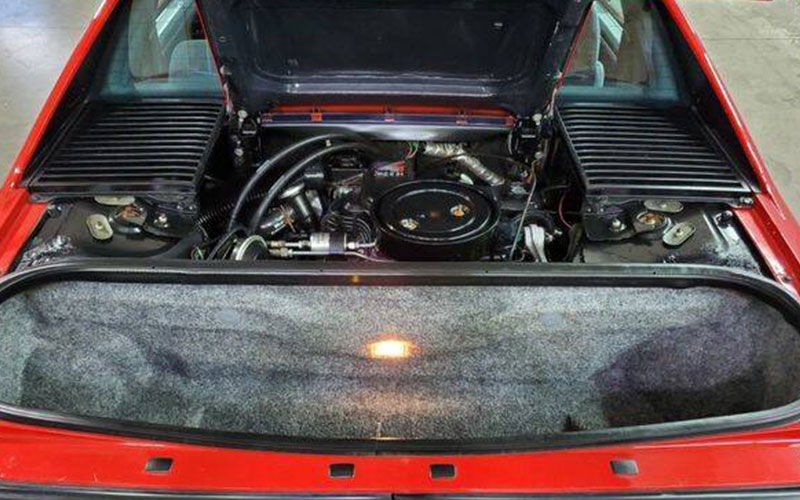
The Pontiac Fiero is really a tale of two cars. The Fiero certainly has the looks, at least by 1980s conventions. The midengined layout was new for a domestic manufacturer. Even the body was innovative. It consisted of a steel space frame with bolt-on plastic body paneling. The frame was milled in a two-and-a-half story machine purpose built by Gilman Machine Tool. Signs pointed to a hot new product that could breathe new life into the Pontiac brand.
The flipside of the Fiero was all those borrowed components. The Fiero’s front suspension and unassisted rack-and-pinion steering were taken from the Chevrolet Chevette. Its rear suspension and driveline came from the front-wheel drive X-body Pontiac Phoenix turned 180 degrees to suit the mid-engine design. And then there was the engine, the 2.5L four-cylinder Iron Duke which put out a disappointing 92 horsepower. Fuel economy, however, was on point at a sterling 50 MPG on the highway.
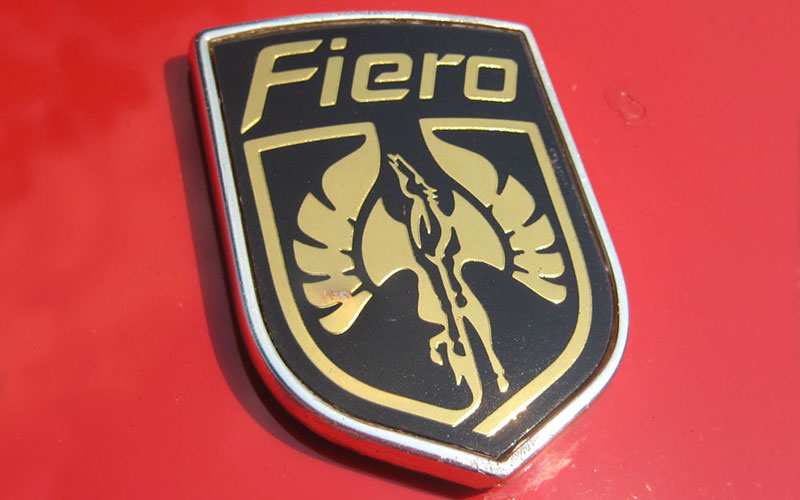
The Fiero name derived from the Italian for proud (in Spanish it translates to fierce). Though Pontiac eventually went with the Fiero name, it wasn’t always the frontrunner. The winged horse badging that ended up on the car? That comes from an earlier test name, the Pegasus.
Building a Bad Rep
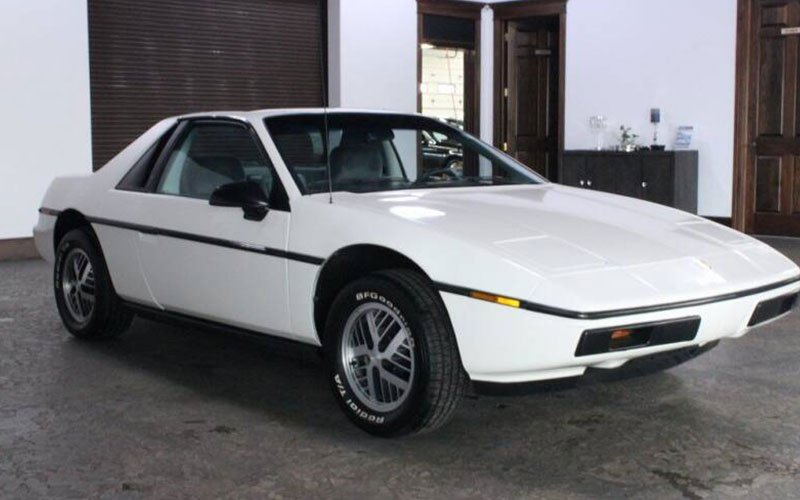
Despite the Iron Duke under its hood and a parts bin suspension, the Pontiac Fiero received good reviews upon its debut in 1983. The automotive press lauded its efficiency and impressive balance and handling. Car buyers liked it too, with the 1984 model year far exceeding GM’s expectations at 136,840 units sold in its first year of production.
And that’s when the trouble started. Quality and reliability complaints were common, but worst by far was the fire risk. Yes, fire. Among those 1984 model year cars, one in 508 experienced engine fires, far exceeding any other car on the market. Of culprits there were many. First of the problems was the tendency for owners to run their cars with low oil. This wasn’t their fault however, given a mis-marked dipstick and manuals that noted a three quart pan rather than the four-quart size the car was actually built with. Plus, the Iron Duke’s oil pan had been lowered from its original design to keep the Fiero’s center of gravity low, further raising the risks of oil starvation. And then there were the defective connecting rods, up to forty percent of them by some estimates. All this meant the Fiero’s poorly lubricated engine could run hot. Any oil leaks onto the superheated exhaust manifold and you had ignition where there shouldn’t be ignition.
The Fiero’s fire problems were widely publicized, and sales quickly began to flag. A 1987 recall for 125,000 of those first-year cars further cemented the Fiero’s bad reputation.
Course Corrections
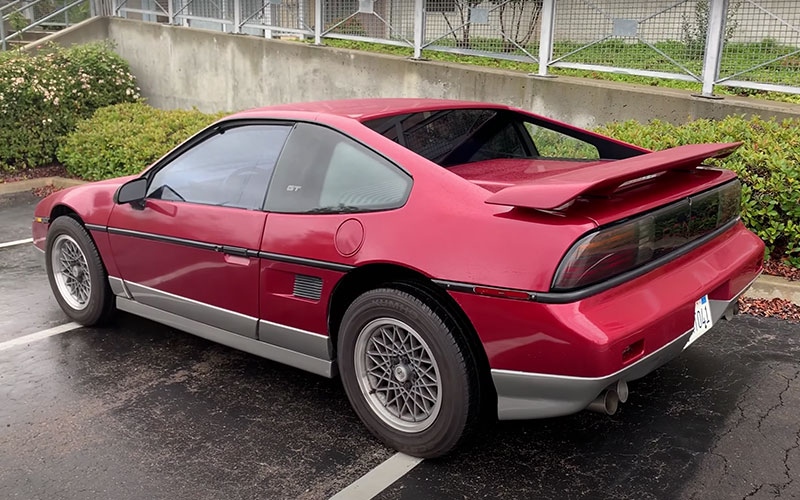
By the following model year, Pontiac had worked out many of the worst bugs and even introduced a new 2.8L V6 option that significantly increased output to 140 horsepower. The ’86 GT model made further improvements, adding a five-speed manual, four-wheel disc brakes, and new body work that amped up the Fiero’s exotic pretensions. The ’88 model year finally gave the Fiero what it deserved from the start, its own suspension front and rear as well as a new crankshaft that granted improved fuel economy. But none of this was enough to sway the public back to the Fiero. After five model years, GM pulled the plug after the ’88 model.
Good Bones
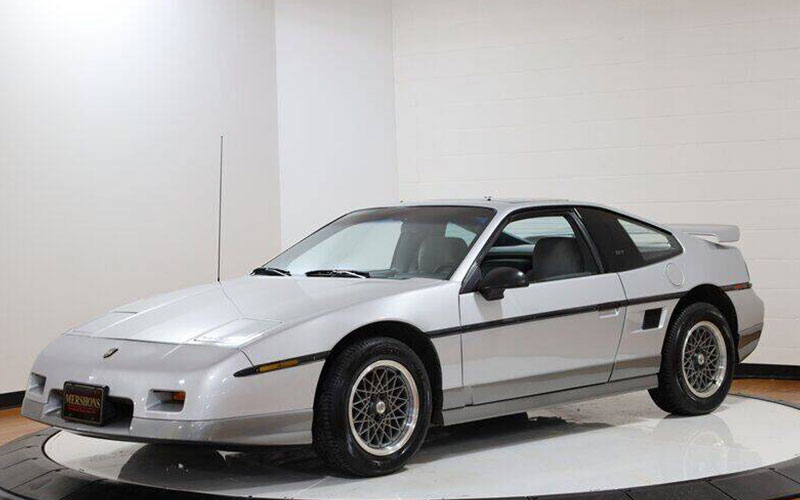
1987 Pontiac Fiero – carsforsale.com | Shop Pontiac Fiero on Carsforsale.com
For all the bad press it received and its long-held reputation for poor reliability, the Pontiac Fiero was a better car than it’s been given credit for. Those plastic body panels have lived up to GM’s marketing hype, unlike so many 40-year-old cars, Fieros still don’t, and won’t ever, have body rust. Even more importantly, the mid-engine layout has become popular in the secondary market for all manner of swaps and DIY body kits. Want to build your own mid-engine exotic on the cheap? There’s no better platform for a homebrewed Lambo lookalike than a Fiero.
The Fiero may have only lasted five model years and been prematurely canceled just when the car was getting good, but you only have to look at today’s C8 Corvette to conclude that an affordable mid-engine sports car was a great idea and that perhaps the Fiero, surely a victim of corporate expediencies, was just ahead of its time.


